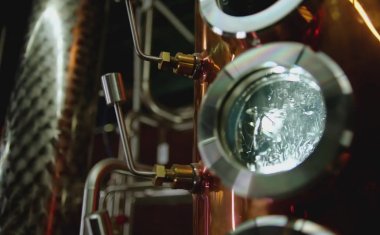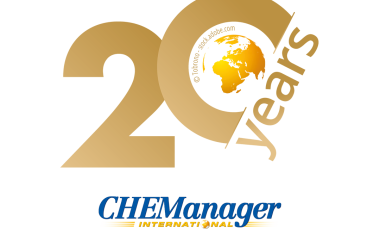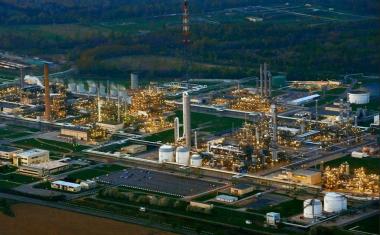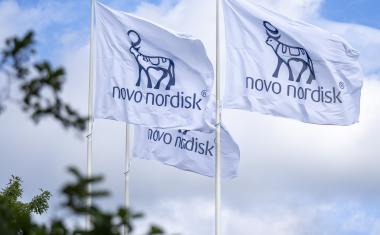Lanxess sets ambitious growth target
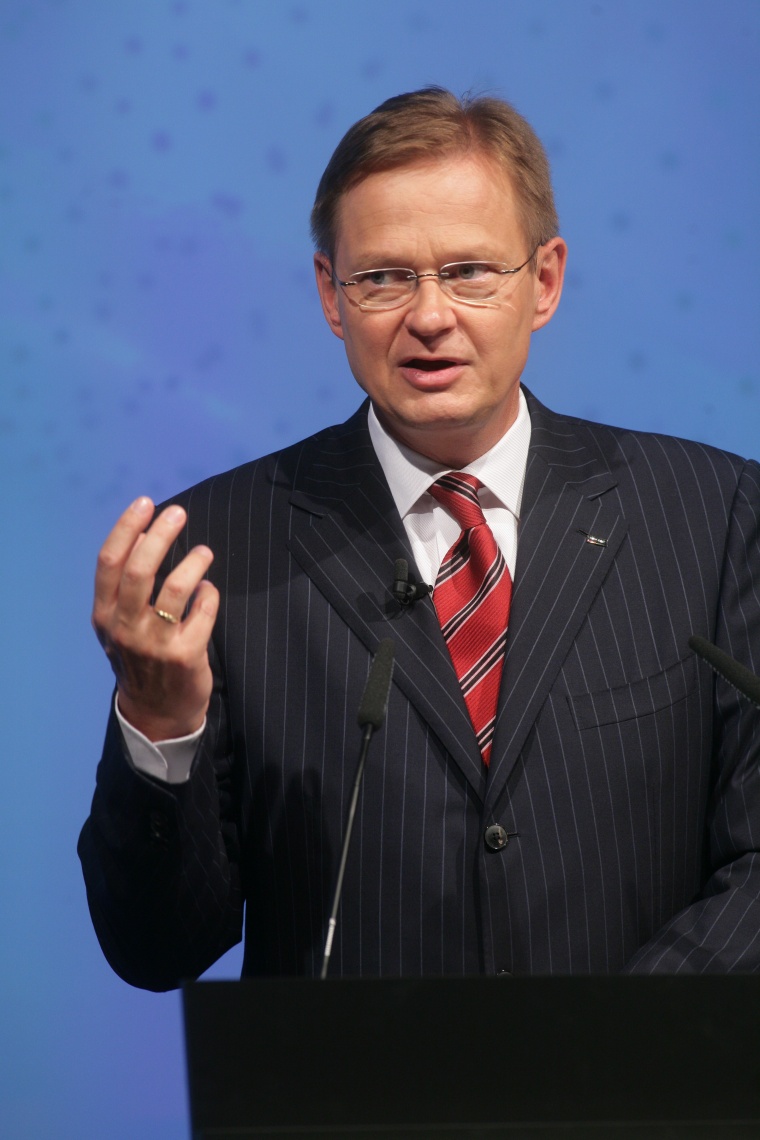
Lanxess plans to increase its leading earnings indicator by roughly 80 % in the coming five years. The specialty chemicals company is targeting EBITDA pre exceptionals of approximately € 1.4 billion in 2015 and confirmed its forecast of roughly € 800 million EBITDA pre exceptionals in 2010. Lanxess plans to achieve its mid-term earnings target through a dual-track growth strategy of organic and external growth. Organic growth will play the more dominant role.
"We are poised to enter a new era of growth and have set an ambitious target, which we can achieve based on the strategic position of our business portfolio," said Lanxess CEO, Axel C. Heitmann. "Our track record reflects our operational strength. By the end of this year, we will have increased EBITDA pre exceptionals by roughly 80 % since 2004, in spite of the global economic crisis."
Lanxess' businesses benefit from their focus on premium products serving the four megatrends of mobility, agriculture, urbanization and water. The company's BRIC strategy and the expected growth of its leading customer industries will help each of its businesses to generate an EBITDA compound annual growth rate of at least 5 % through 2015. The percentage of group sales in BRIC countries has more than doubled in the last five years.
As the world's leading synthetic rubber company, Lanxess is capitalizing on the megatrend of mobility. The tire market is Lanxess' largest customer industry, with an expected annual growth rate of roughly 5 % up to 2015.
In order to meet this growing demand, Lanxess is constructing a new € 400 million butyl rubber plant in Singapore that will predominantly serve the booming tire market in Asia. In addition, Lanxess is expanding its world-scale butyl rubber plant in Belgium.
Lanxess is the leader in rubber for the high-performance, environmentally friendly "green tire" market - the fastest growing segment in the tire industry, with an annual global growth rate of about 9 %. As a result, the company is expanding its production capacities in Germany, USA and Brazil for neodymium polybutadiene rubber (Nd-PBR), which is essential in the production of high-performance tires.
Furthermore, it is considering building a new production plant for Nd-PBR in Asia, with an annual capacity of 100,000 to 150,000 metric tons. A feasibility study is currently under way, and a final decision on the project will be made within the next six months.
Lanxess is addressing the megatrend of mobility also through its high-tech plastics Durethan and Pocan, which help make cars lighter and more fuel-efficient. Growing demand for these products has prompted the company to expand production in Wuxi, China, and to build a new plant in Jhagadia, India.
Other investment projects have been launched to serve the megatrends of agriculture, urbanization and water. One prime example is the investment in a new production facility in Bitterfeld, Germany, for membrane filtration technology. It will enable the company to offer a new class of water treatment products by 2011. In addition, a new ion exchange resin plant at the Jhagadia site will start production at the end of this year to meet the growing demand for water purification in Asia.
Simultaneously, Lanxess will continue to explore external growth opportunities to strengthen the existing business portfolio. Lanxess CFO Matthias Zachert stressed that the current focus is on small to medium-sized acquisitions similar to the transaction size of past acquisitions. Zachert added that both organic growth projects and acquisitions must adhere to strict financial criteria.


